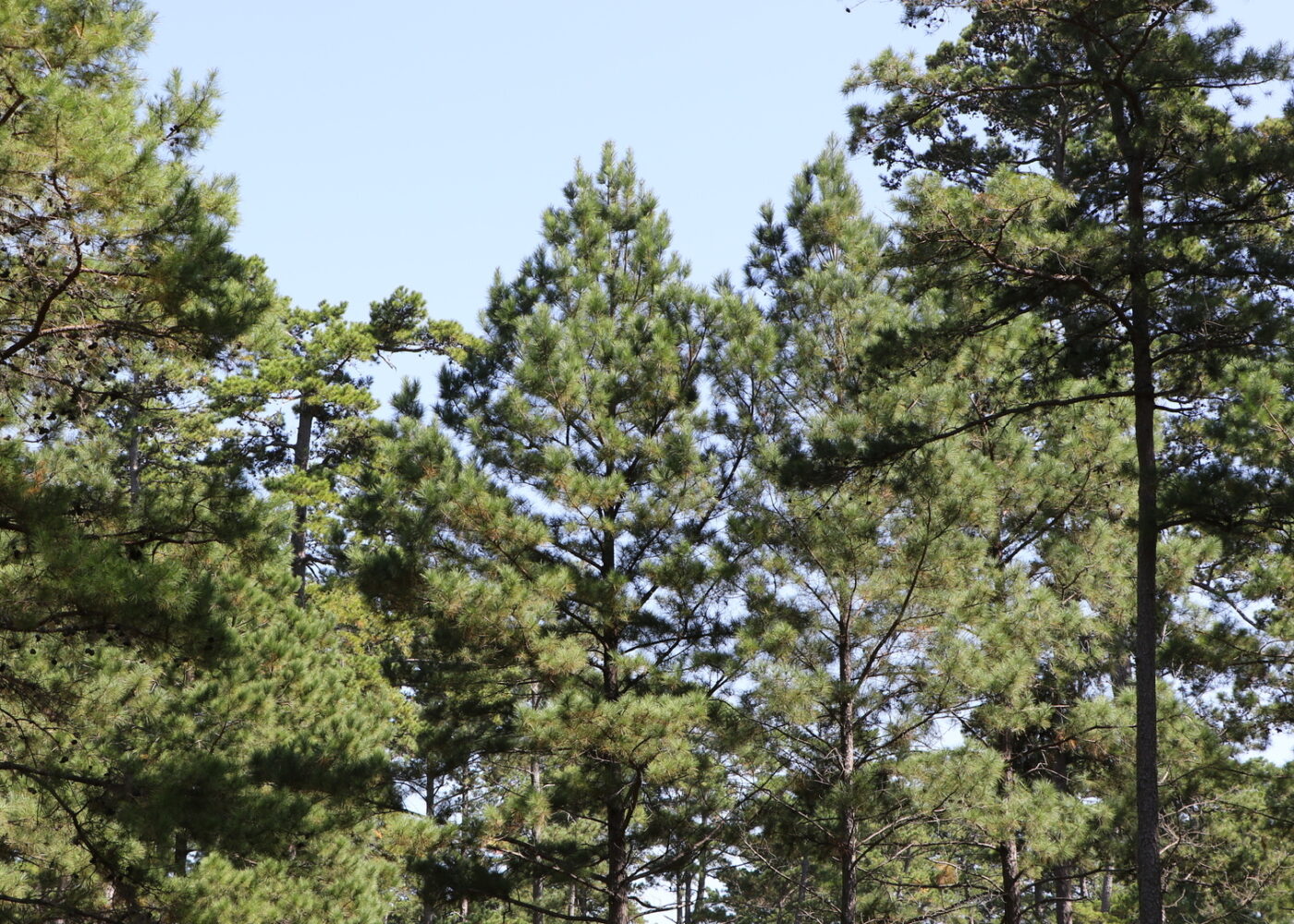Root rot is a term used for decaying fungi that damage tree root systems and hinder the tree’s ability to transport nutrients and water through the canopy.
Significant root damage can lead to structural failure, increasing the risk of the tree falling and causing harm or damage. Poor water relations and soil conditions can exacerbate root rot, accelerating decay and tree failure.
Common root rot fungi include Armillaria spp., Ganoderma spp., and Phytophthora spp.
Signs and symptoms
Root rot causes decay in tree roots, leading to canopy decline, reduced growth rates, thinning crowns, and branch dieback. Severe root rot can weaken a tree’s structural strength, making it unstable and prone to falling.
General signs of decline may be subtle and caused by various factors, but a clear indication of root rot fungi includes the presence of decay fungi fruiting bodies, mushrooms, or water-soaked lesions.
Spread
Root rot fungi spread through several methods:
- Armillaria spp.: Primarily spread through rhizomorphs (root-like fungal structures) that can move from tree to tree.
- Ganoderma spp. and Heterobasidion annosum: Spread via wind-borne spores, which infect new trees through wounds or canopy openings.
- Phytophthora spp.: Spread through water in saturated soils, runoff, or via infected firewood and leaf material.
Cool, wet conditions favor fungal growth, rhizomorph expansion, and spore production and fungal bodies can often be identified following a rain event.
Management
Maintaining overall tree health is the best way to prevent infections from unavoidable wounds.
Once root rot is identified, options for removal are limited:
- Prevention: Improve soil drainage to avoid waterlogging, which stresses trees and promotes decay fungi. Adjust irrigation to meet tree needs, avoiding excess water.
- Early Detection: Regularly inspect high-value trees for fungal bodies. Consult an ISA certified arborist for a tree risk assessment if decay fungi are observed on trees posing risks.
- Sanitation and Removal: Dispose of infected trees, stumps, roots, and leaves promptly. Clean and disinfect tools used for pruning and maintenance. Avoid transporting infected wood; instead, burn or chip it, and dispose of leaves properly.
